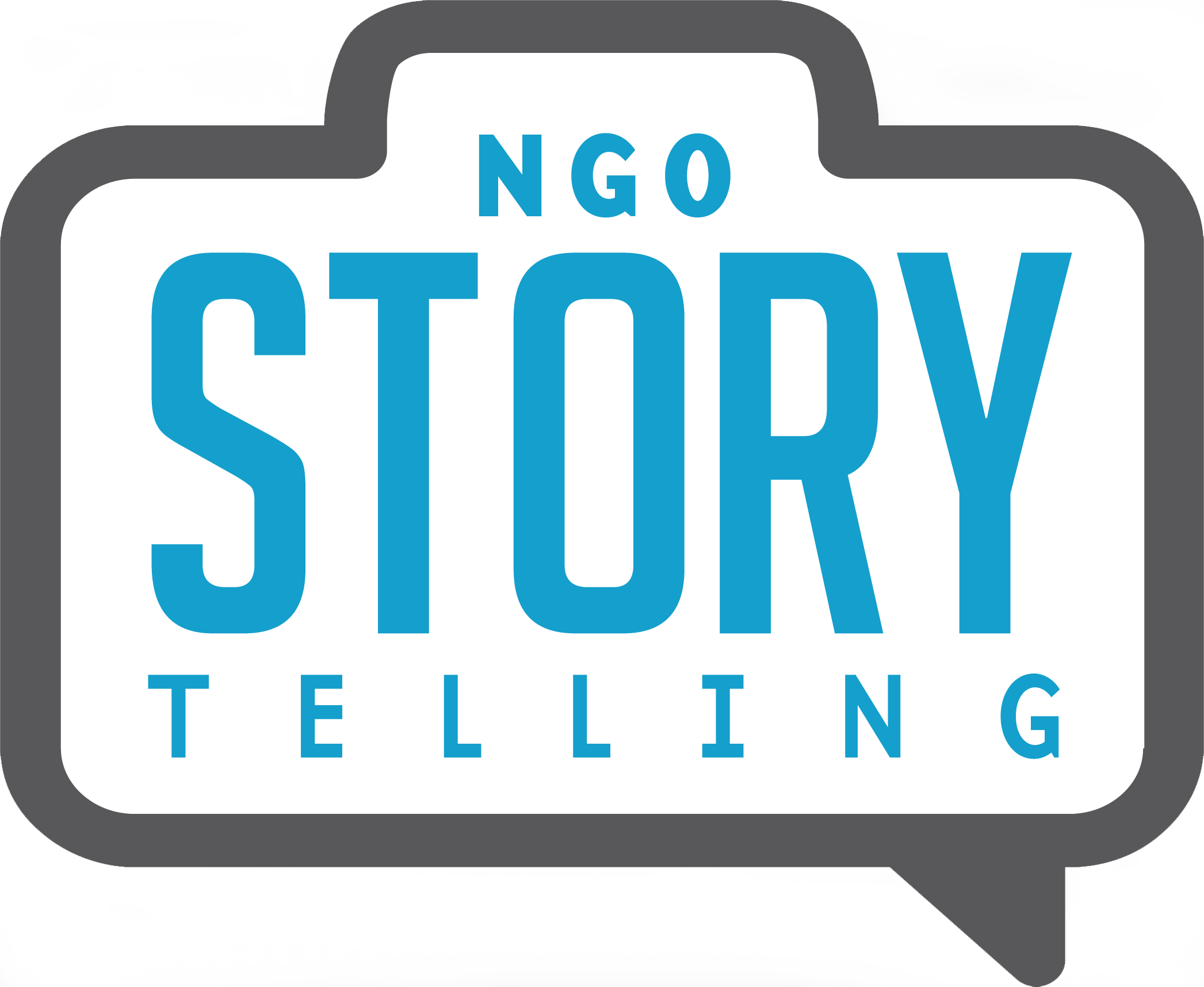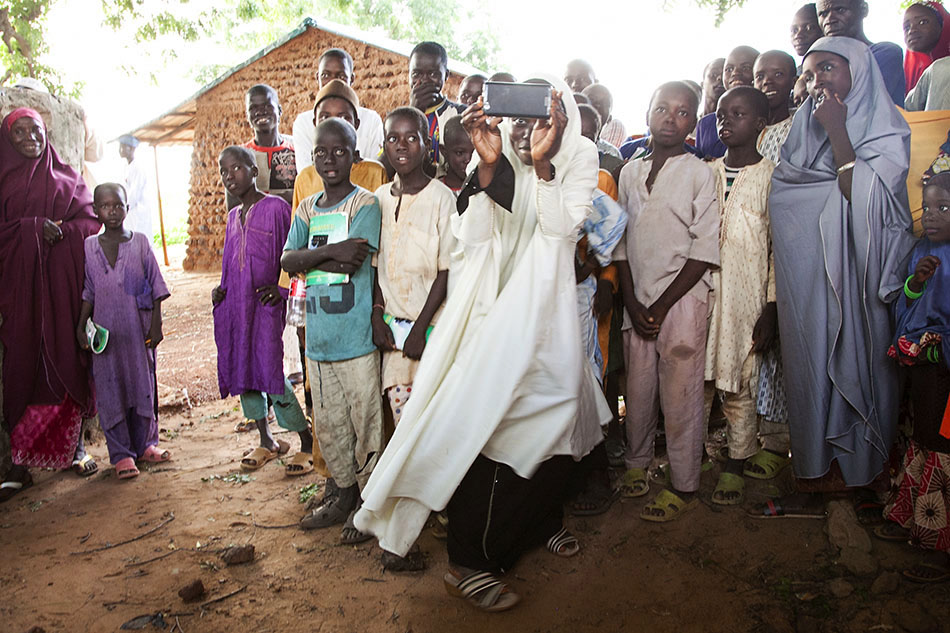What Photographers Wish Nonprofits Understood About Working Together
I love my job. Not only are the people usually fun and interesting to work with, but I get to tell stories about topics I may otherwise never know about. I mean, how else would I ever learn firsthand about the rigors of cashew farming or the work that goes into rebuilding homes after the most powerful typhoon ever recorded? Yes, I learn lots of interesting things from working with nonprofits and NGOs, and sometimes I help them learn things about working with photographers and filmmakers. I know I’m not alone. I believe our industry will be much stronger if nonprofits and visual storytellers communicate better, so Crystaline and I crowdsourced NGO Storytelling readers and photographers for advice on how to help nonprofits better understand photographers. Here are some of the answers we got. Thanks to all who answered the call.
(For the reverse view -- a nonprofit editor's take on working with photographers -- read our recent column by Thomas Patterson, who was the photo editor for Mercy Corps until a few months ago.)
PAYMENT
"Requesting 50% payment prior is fair and professional. When having to travel aboard, especially preparing to navigate through 3rd world conditions, there's a lot of pre production costs i.e. airfare, gear, visas, vaccinations, etc. These are costly expenses that the client should assist with." – Nicole Franco
COPYRIGHT
"Copyrights are to protect what someone has actually created; there's no reason on earth that anyone needs to own, or share ownership, of your copyright. It's the most important thing a creative person owns. The only thing that someone who hires you needs is a licensing agreement for the use of your image. I usually grant unlimited usage, in all media, for promotion and educational purposes. But if they want to sell an image for fundraising, etc, they have to come back to me. All of the licensing is negotiable of course. But there is absolutely NO reason for ANYONE to share your copyright." – Sara Terry
Often, shoots are tacked on to an official visit. That's nice if you're looking for crowd shots as a circus and fanfare fleet of 4x4s roll into a village. It doesn't work if you're looking for an intimate interview encounter with a shy subject. – Drew Weatherstone
PLANNING
"Make sure to research the photographer before contacting them. Some photographers have a style that won't necessarily translate/fit into the final product." – Khaver Siddiqi
"I've had pretty good luck with discussions prior to shoots. It does take a proactive approach by the photographer, however, to manage the shot lists, explain the logistical process and gauge how much time s/he thinks she needs to do a great job. Especially when portraits are involved, because good ones are often used over and over by NGOs. These may take more time or becoming comfortable with people. And perhaps some help from people in the field! Once everyone is on board things seem to work out." – Carey Wagner
"I think for starters it would be amazing for NGOs to understand that it actually takes 'planning'! Showing up on location with a camera with little/no preplanning or preproduction seldom yields great results, or more to the point, the results that NGOs themselves are looking for. I think it starts with all of us doing our best to educate our clients who may not understand the ins and outs of creative storytelling or multimedia production." – Joseph Terranova
"Without a doubt, preplanning determines if any shoot, on location or otherwise, has a successful outcome. Too often, I get calls, a day before, maybe two, if lucky, saying I'm needed for a shoot. When I ask for details it usually ends up as a verbal brief in the car, on the way. I find smaller NGOs listen more / do it better. Mainly because they are more open to being guided.
I have developed a pdf briefing sheet which I send to clients, where they only need to "tick boxes and fill in five 3 line fields". It's a single page. Surprisingly I get push back even on that.
It's vitally important to be clear on what is required. I recall being sent to film a parental training session, with a few added interviews from support staff, only to find out at the time of edit, that the story wanted was more about the kids and the center they regularly meet at.
Travel times are consistently underestimated. When a shoot is allocated a short amount of time, the other request I make, is for subjects to be prescoped to save time on arrival, or if the subject is known, that the outreach worker briefs the subject before hand about what will happen when we arrive. I ask that an hour for each subject be allocated as a minimum.
The style of the end piece is also an important consideration. Often, shoots are tacked on to an official visit. That's nice if you're looking for crowd shots as a circus and fanfare fleet of 4x4s roll into a village. It doesn't work if you're looking for an intimate interview encounter with a shy subject.
Managing a large crew of organisational staff all looking on, takes away time and also changes the atmosphere of the location. If you need natural shots, the less people the better. An ideal size crew is usually an interpreter, the NGO representative and myself. It's even better if the representative can double as the interpreter." – Drew Weatherstone
"It often takes time to understand a story then capture it visually. Great photos are captured because of the photographer's relationship with the subject." – Daniel Christiansz

